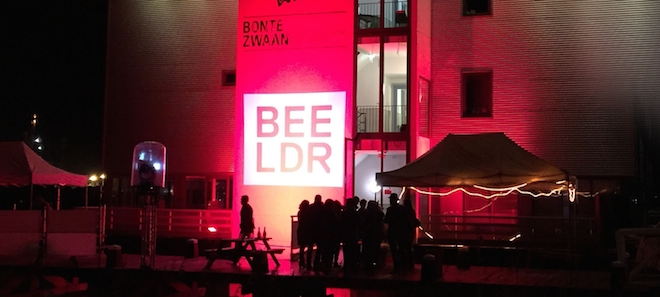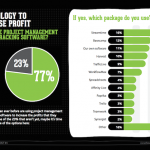It’s always awesome to see our clients make the most of their Streamtime solution and even better to see them think outside the box with it. Beeldr are a team of nine people that specialise in brand, design and interaction, who operate out of a floating workspace in Amsterdam. Apart from their great work, we’ve always known them to be a fun bunch of people with just the right amount of crazy.

They’ve been happy users of Streamtime for almost 3 years, but something seemed to be missing for them. “We’d been struggling for a while to determine how to manage our tasks in Streamtime” says Martijn Koek, co-owner of Beeldr. “Each morning, we have a short team meeting, where we look at what’s going on in the studio for that day. Our projects get broken down into tasks, but when we make a website, one task in Streamtime could get broken down in 100 tiny little to dos. So we felt we needed to have better insight into the status of each task. It would allow us to get through our morning meeting quicker and more efficiently.”
After investigating a series of possibilities, they decided to build a custom application, using the Streamtime API. Tasks from Streamtime are now synchronised with a separate mysql database, where they get assigned a status: To Do, WIP, Complete, Test. The extra status level makes it easier to keep track of what’s going on with each of the tasks. It also makes it easier to see who’s working on what and what tasks are still in the backlog (not started). Through a custom web interface, they can consult the workload at any given moment.
The main area shows the scrum board, with all the tasks they are currently working on. Tasks can be dragged and dropped in different columns to assign or change the task’s status. Each tasks showing the Streamtime job number, job name, client name, task/material, estimated time, used time and task notes. Buttons at the top of the page allow to quickly filter the scrum board on staff members.

Another area is to check capacity and shows all staff in the studio and their workload (in hours) for the coming weeks. “With the work we’d already done, it was pretty easy to create this overview, so it was like a bonus. However, when I’m meeting with a client, it does allow me to quickly assess our workload and set expectations for delivery dates”, says Martijn.

The third area is the planning board. It shows a classic calendar, listing each person’s tasks per day.

Keen to create your own tools using Streamtime’s API, then check out our documentation online.







